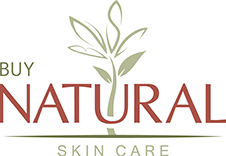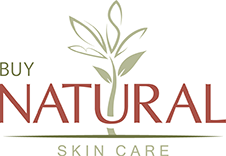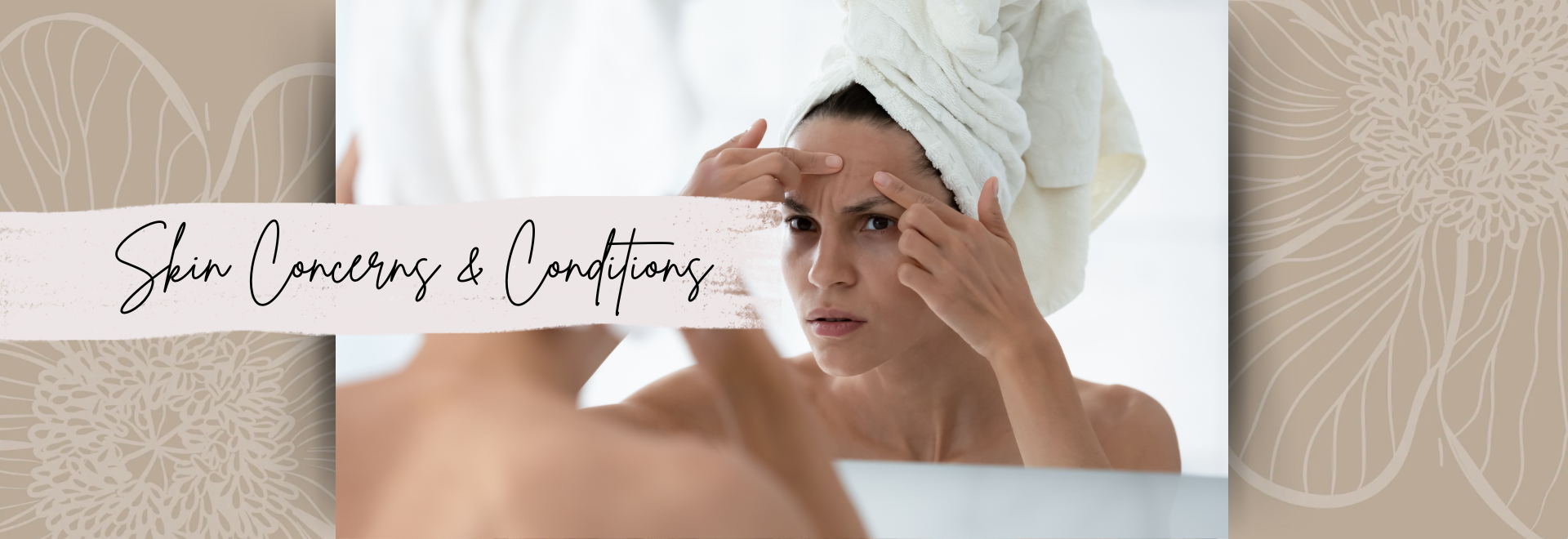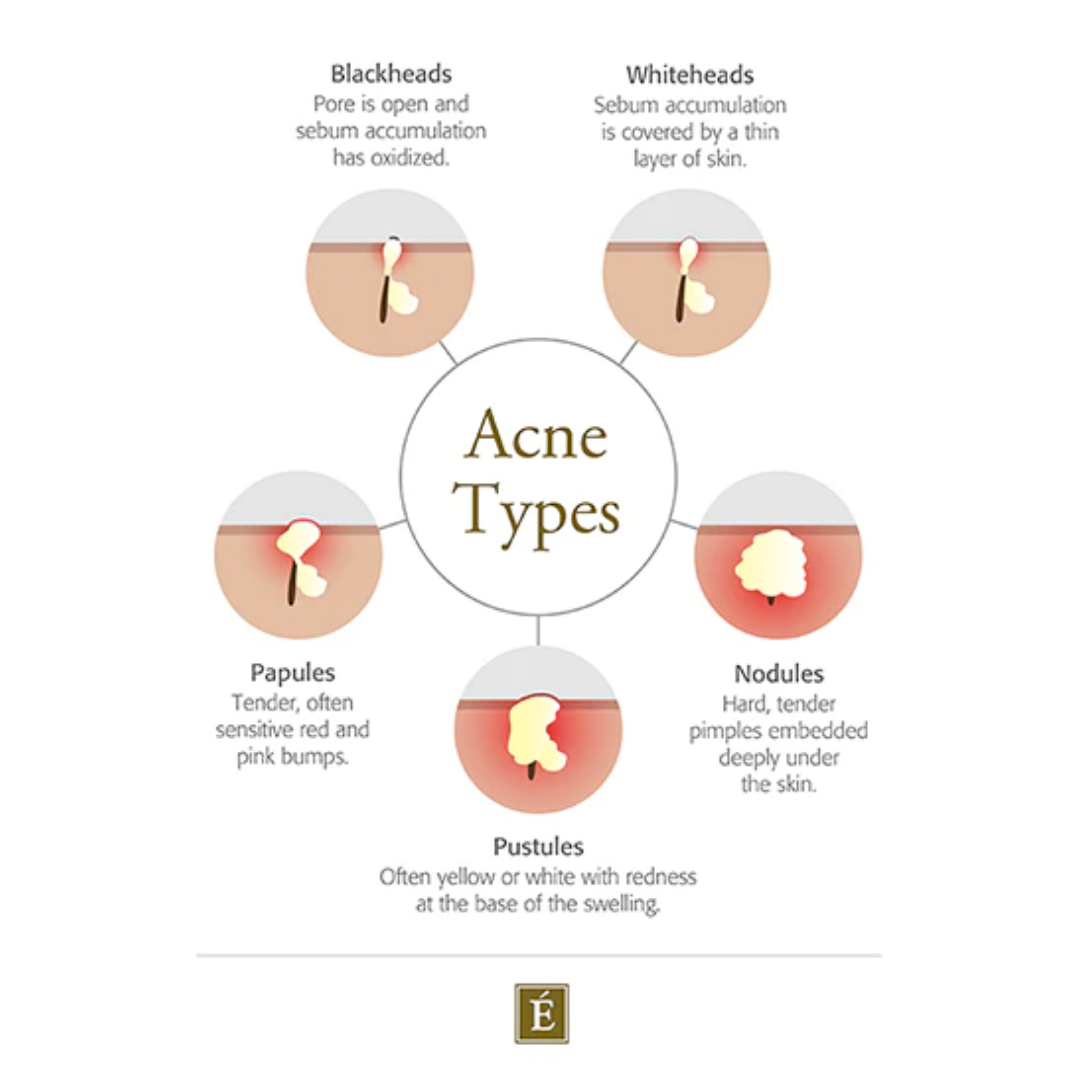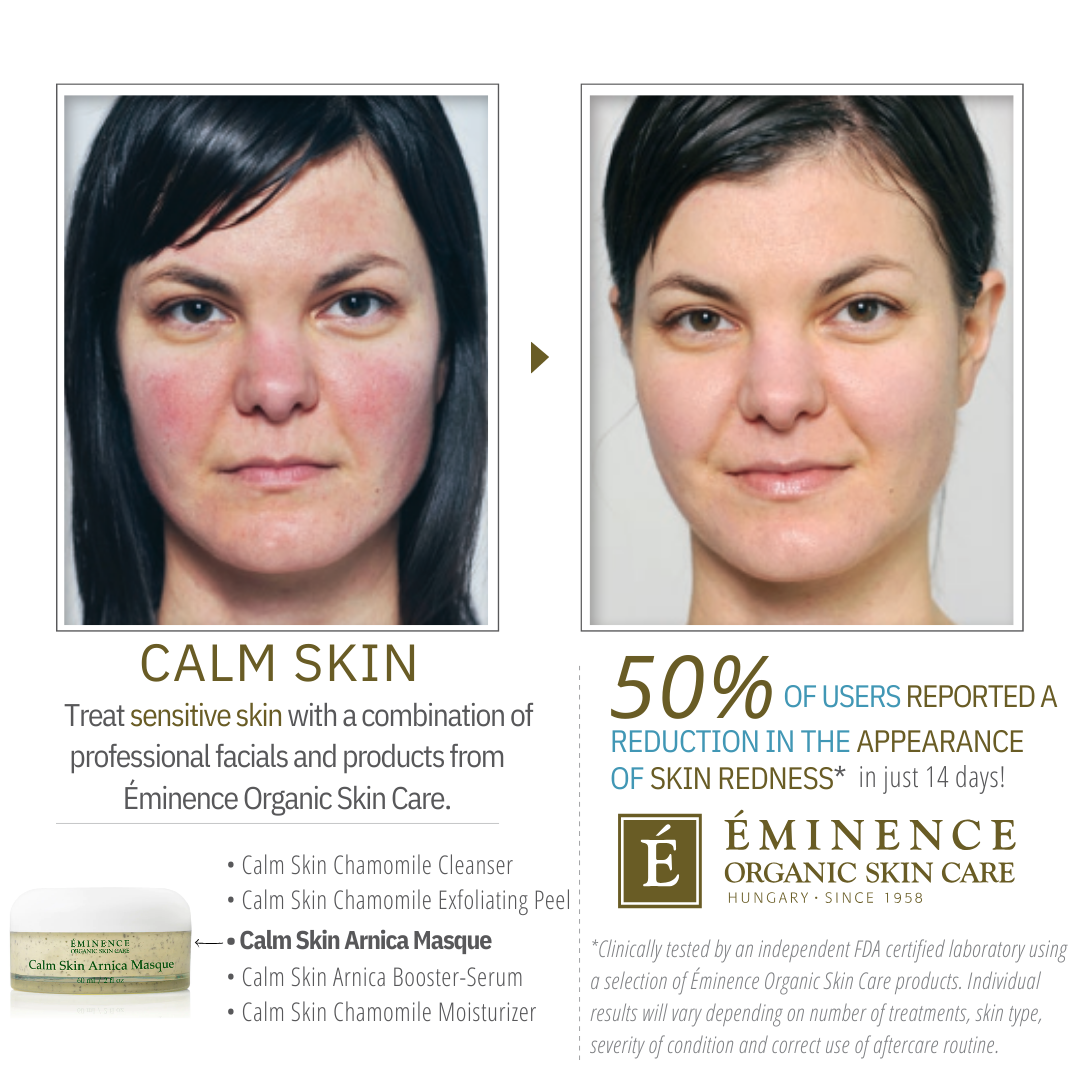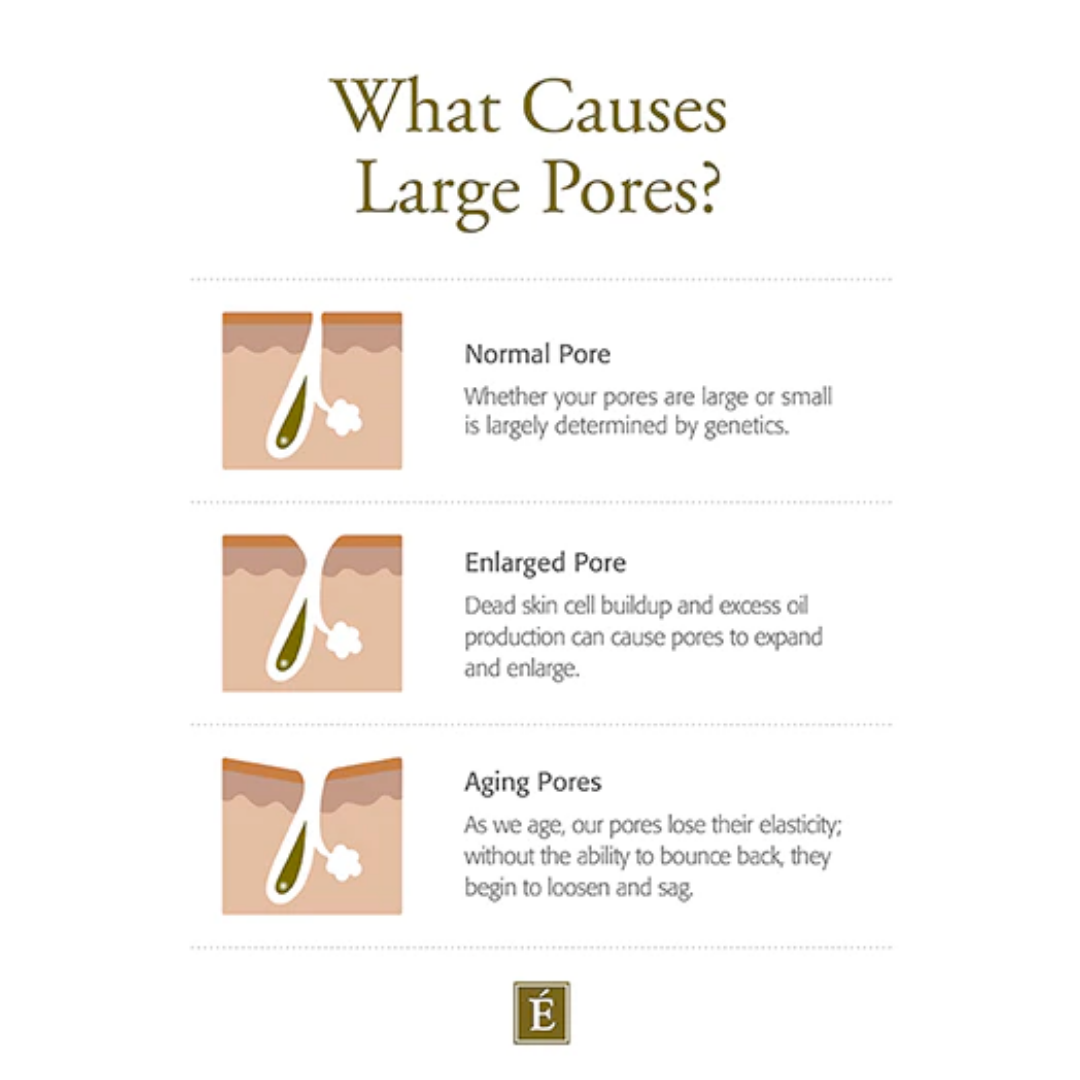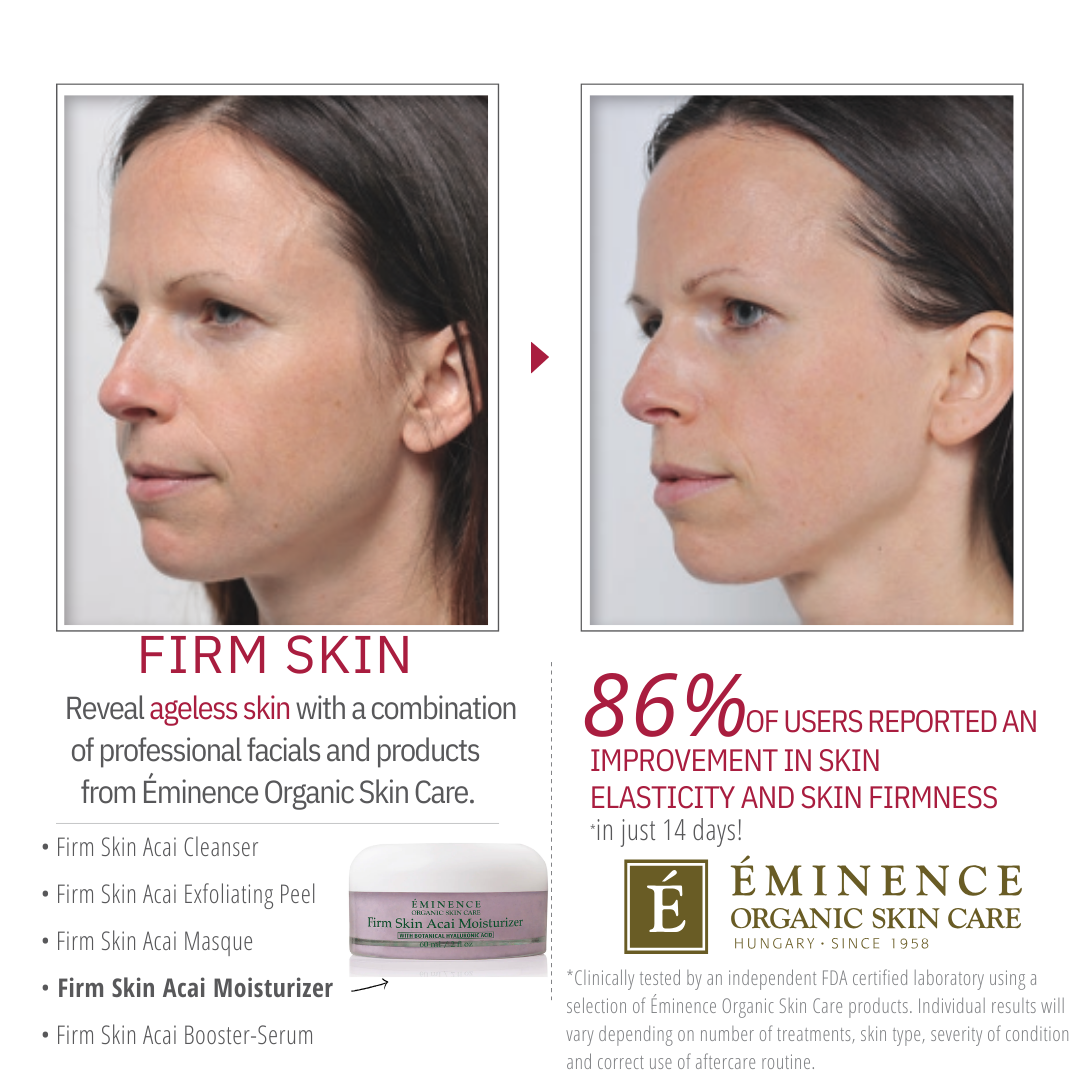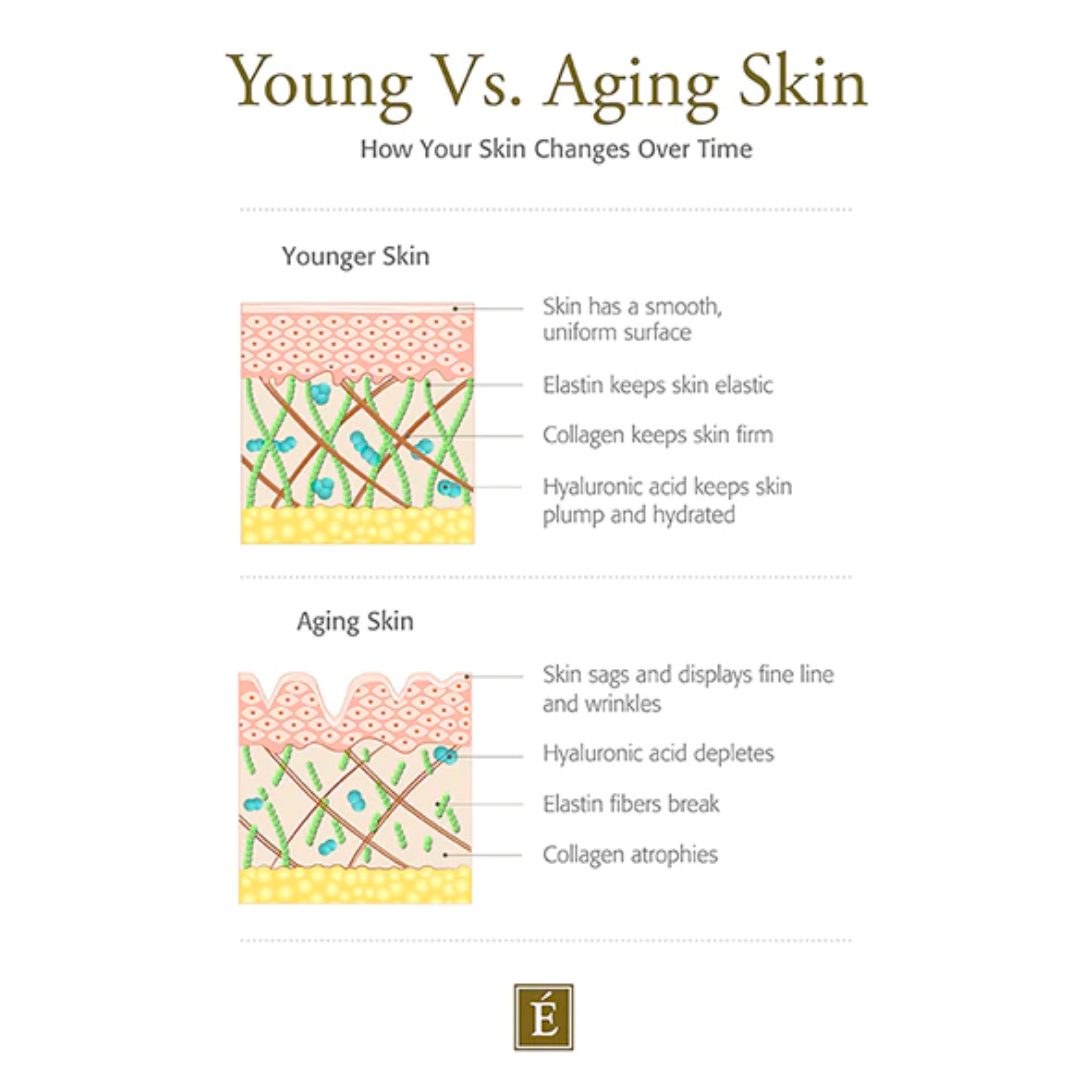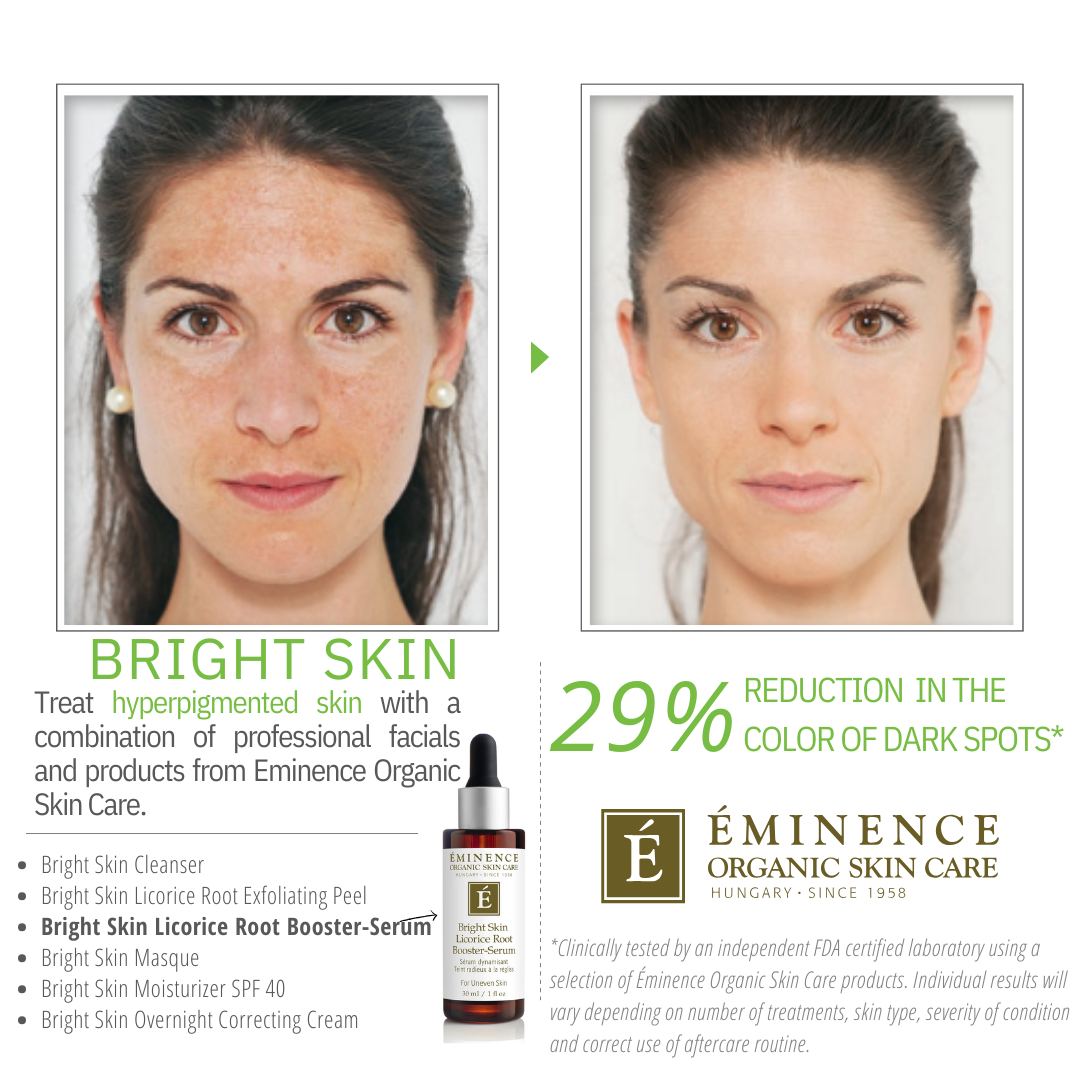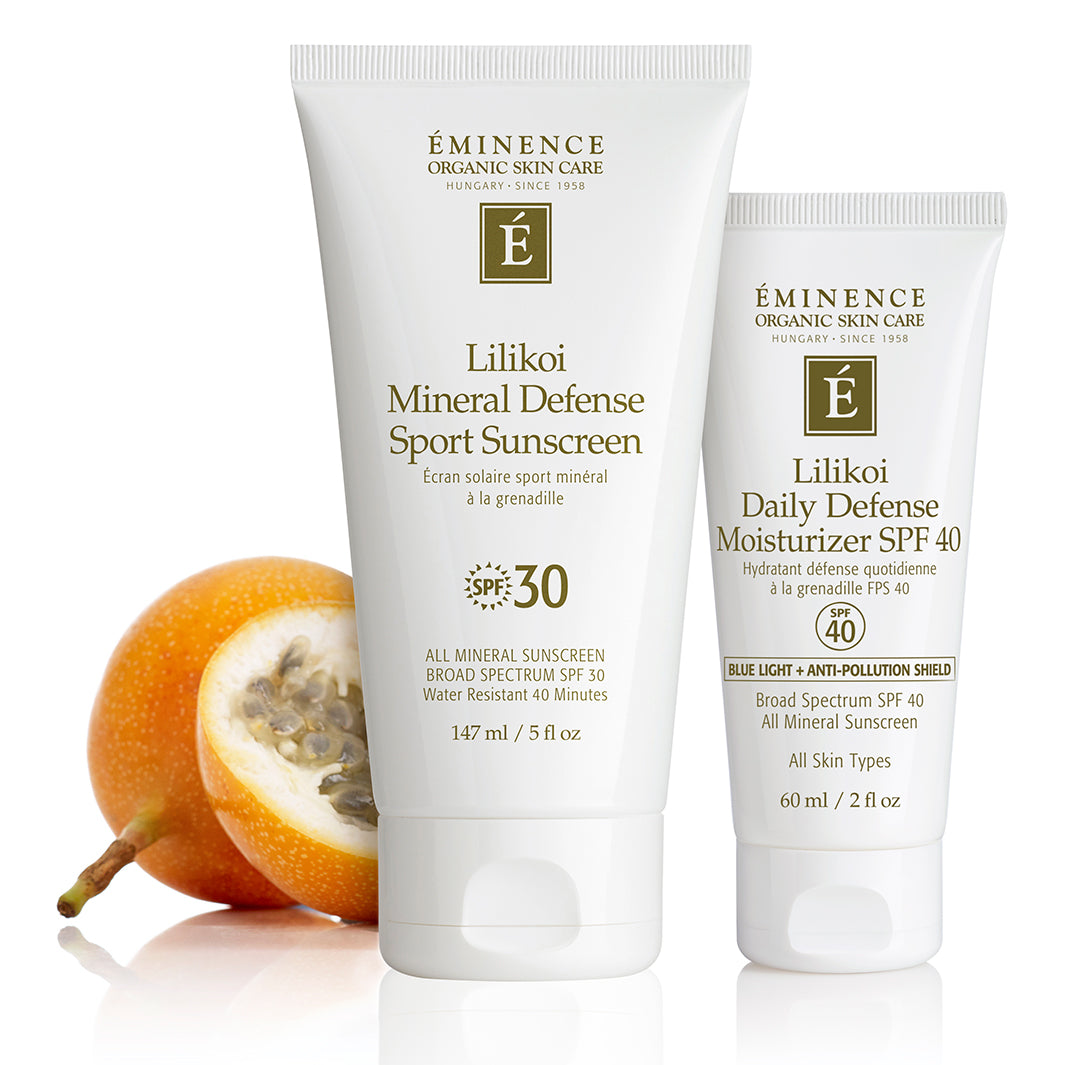Determine Your Skin Concerns & Conditions
Skin concerns and conditions can be uncomfortable, but the right treatment with active herbal ingredients can produce amazing results.
A skin concern or condition is different from a skin type in that it is not genetic and can be improved with proper skin care. Often, symptoms are caused by external factors such as climate changes, lifestyle and environmental stressors. Skin concerns and conditions can be troublesome, but the correct treatments with active herbal ingredients can produce great results.
Acne/Breakout Prone
As many as 80% of people will have acne at some point during their lifetime. This condition can affect skin at any age, from adolescent to adult, and every skin type. Acne is caused by a number of factors, including pore congestion, excess oil production, hormonal fluctuations, bacteria and genetics. Luckily, it can be alleviated over time with results-driven skin care that keeps skin clear and healthy.
Salicylic acid and clay are two of the best ingredients to treat acne-prone skin and prevent future breakouts. Salicylic acid is a beta hydroxy acid that penetrates deep into pores to clear blockages and neutralize acne-causing bacteria. Clay works like a magnet, using its negatively charged particles to pull positively charged impurities from pores and the skin’s surface.
For those suffering from moderate to severe acne, professional spa treatments can be very beneficial. Acne facials are deeply cleansing. They employ professional-level peels with a high concentration of active ingredients to clear buildup as well as extractions by a licensed esthetician to clear blackheads and whiteheads.
Rosacea/Redness
Is usually a genetic condition that is characterized by redness and inflammation around the nose, forehead, cheekbone, and chin. Rosacea is sometimes mistaken for an allergic reaction or acne in which small red bumps may also appear as well. Avoiding extreme hot temperatures and using products designed to help calm the skin and reduce redness are recommended. We recommend consulting with a physician to help create a skin care routine specifically tailored toward your needs.
Large Pores
Large pores are a very common skin concern. While pore size is largely determined by genetics, dead skin cell buildup, loss of elasticity and excess oil production can cause them to expand and enlarge. Large pores often go along with oily and combination skin types, which have over-productive sebaceous glands.
Regular cleansing and gentle exfoliation are essential for improving large pores. These steps remove sebum from the skin’s surface and alleviate pore congestion, allowing pores to shrink to their normal size. Clay and charcoal masks are also be beneficial, producing a soothing astringent action that shrinks and minimizes pore openings.
Signs of Aging
The main signs of aging include fine lines, wrinkles and sagging skin, each of which is an immediate result of the body’s aging processes. Over time, production of hyaluronic acid, collagen and elastin slows, causing skin to lose volume, density and elasticity, triggering the visible signs of aging. This natural depletion accounts for only ten percent of skin aging; the remaining ninety percent is brought on by long-term exposure to free radicals. These cause oxidative stress that damages skin cells and speeds up the aging process.
While an aging complexion is imminent, visible effects can be reduced with a targeted skin care routine. As aging skin also tends to be dry, we recommend following a dry skin care routine with a few changes. Serums, oils and concentrates containing botanical peptides, hyaluronic acid and natural retinol alternatives will help plump, lift and firm skin. Antioxidant-rich products will provide additional benefits by shielding skin and curtailing the damage done by environmental stress and free radicals.
Lack of Firmness
Another side effect of the skin’s aging process is loss of firmness. Over time, the muscles in the body, including the face, can lose their tone and elasticity. As muscle fibers and elastin begin to lengthen as a result of aging, lifestyle and nutrition, the skin can begin to sag. And with strength and elasticity lacking, it loses the ability to bounce back. The result is drooping of the eyebrows and eyelids as well as looseness and fullness (jowls) under the cheeks and jaw.
Lack of firmness can be improved with a targeted skin care routine that targets skin tightness and elasticity. Add to your aging skin routine to include face masks and moisturizers that contain natural firming agents like bamboo. Facial massage techniques can also be helpful in toning the muscles beneath the skin, keeping them strong and firm.
Hyperpigmentation
Hyperpigmentation is a leading skin concern and is characterized by the appearance of dark spots, freckles, scarring or an uneven skin tone. This condition is caused by an increase in melanin production by the skin’s melanocytes, caused by a number of factors including sun exposure, stress, aging, hormonal changes and post-inflammatory pigmentation. Hyperpigmentation can affect any skin type and widely varies in it’s severity.
This is one of the most difficult skin conditions to treat and requires dedication and consistency with a targeted skin care routine. Certified Esthetician Alicia Hawthorne advises: “Look for serums and moisturizers that contain ingredients that help to brighten and prevent pigmentation or assist with resurfacing the skin.” These include stone crop and natural hydroquinone alternatives as well as licorice root, willow bark, arbutin and zinc hyaluronate.
Sun Damage
UV exposure can cause both temporary and long term damage to the skin. One of the most common conditions as a result of sun exposure is immediate dehydration and painful, itchy redness. Eventually, accumulated exposure can permanently stretch small blood vessels, leading to a red and blotchy complexion. To curtail and prevent the negative effects of sun exposure, keep skin protected and hydrated year-round. Apply an SPF moisturizer or mineral powder sunscreen daily and protect your body from head-to-toe with natural sunscreens. After exposure, restore lost moisture with rich, hydrating balms and body lotions.
